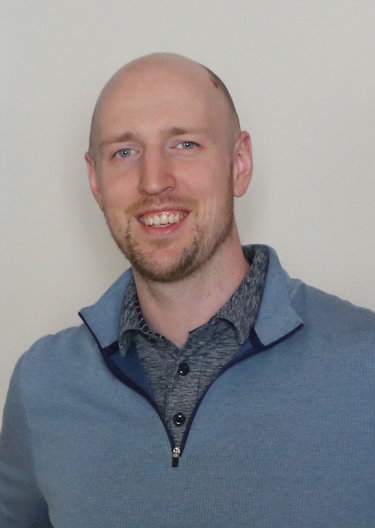Altamont Physical Therapy helping Parkinson’s patients with new program
ALTAMONT — With a new certification, Erik Carman of Altamont Physical Therapy is equipped to help patients with Parkinson’s disease address some of the quality-of-life issues the disease can cause.
Parkinson’s is a progressive neurological disorder that, Carman says, essentially reduces “the ability to produce the appropriate size of movement. This is caused by a lack of dopamine in the brain. When you want to reach for something or step over something, your brain releases dopamine to make that happen, but when there isn’t enough dopamine the result is muted.”
But with appropriate physical therapy, those movements can be trained.
Carman is now a certified practitioner of what’s called Lee Silverman Voice Treat (LSVT), which was originally developed, he said, by speech therapists in Arizona who wanted to help patients speak more loudly after their voices became soft because of difficulty with vocal muscles.
But because the same thing that causes soft voice also affects range of movement, the program has a component for the latter, called LSVT BIG, which is what Carman was trained in.
“The principle behind LSVT BIG (and LSVT LOUD) is to focus on increasing amplitude, or size, of movement (or volume of voice),” Carman told The Enterprise in an email. “By focusing on increasing the size of movement we are addressing many of the common issues faced by individuals with PD, such as poor posture, difficulty with balance, difficulty walking, stiffness and weakness. We drive neuroplasticity (the brain’s ability to rewire itself) through high intensity and high repetition movements/exercises.”
He described the program as “one on one, high intensity and customized to the individual.”
Carman said each session begins with seven exercises that are designed to improve things like strength, balance, posture, and flexibility, and moves on from there to foundational movements that are necessary in a wide variety of daily activities, like reaching for an item or stepping high enough to clear a curb. There’s also practice walking with a large stride and swinging arms.
Additionally, patients choose a more complex activity to simulate during the sessions so they can incorporate it into their lives.
“I had one patient who made dinner for his wife,” Carman explained. “We simulated getting out the dishes, preparing the meal, carrying plates through the kitchen and setting them down on the table. Each week, I add more challenges like obstacles to step over, having him carry a glass of water and carry on a conversation while preparing a meal. This is very difficult for individuals with PD.”
Another patient, he said, enjoys playing golf, so those sessions involved “getting in and out of the golf cart, walking over grass, balancing while swinging a club and making his swings BIG again,” Carman said.
The program has been a success so far as he’s seeing in his patients the ability to handle greater challenges each week, Carman said, where more traditional physical therapies may have failed.
Before getting certified for LSVT BIG, Carman said his Parkinson’s patients weren’t seeing results from traditional physical therapies.
The number of Parkinson’s patients is growing nationwide as the American population gets older, on average — experts aren’t sure what, exactly, causes Parkinson’s but consider age the highest risk factor — and Carman said he’s seen more people with Parkinson’s in his clinic.
“I didn't feel like I was providing adequate care … Last year I had 6 patients with PD on my caseload at one time,” he said. “That is about 5% of our patients at any given time. They were coming with diagnoses of back pain, balance and mobility difficulty and frozen shoulder.”
“Being a healthcare provider in a small town serving a rural community, we see a lot of challenges you might not typically see in an orthopedic setting,” Carman said. “I felt we had a duty to expand our services.”

